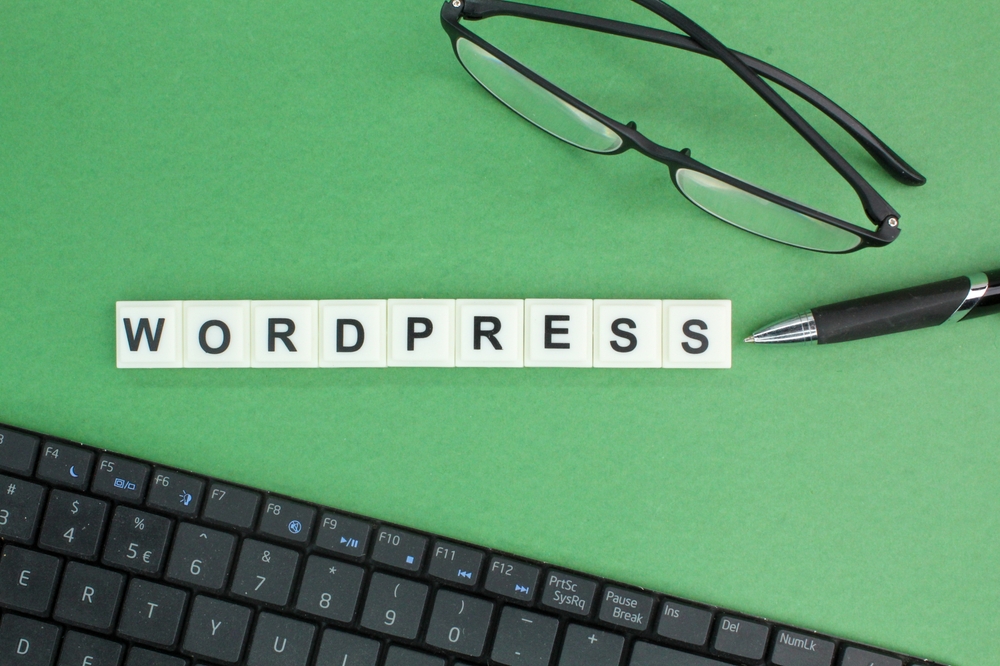
Blogging has become a popular way for individuals blog website and businesses to share their thoughts, ideas, and expertise with the world. With millions of weblog out there covering a wide range of topics, it can be challenging to stand out and attract readers to your blog. However, with the right tips and tricks, you can craft engaging and successful blog posts that will keep your audience coming back for more.
Know Your Audience
One of the most important aspects of successful blogging is knowing your audience. Before you start writing a blog post, take some time to research and understand who your target audience is. What are their interests, pain points, and preferences? By knowing your audience, you can tailor your content to meet their needs and provide value to them.
Additionally, understanding your audience will help you determine the tone, style, and voice of your blog posts. Are you writing for professionals in a specific industry, or are you targeting a more casual audience? Adjusting your writing style to suit your audience will help you connect with them and keep them engaged.
Create Compelling Headlines
The headline of your blog post is the first thing that readers will see, so it's important to make it compelling and attention-grabbing. A great headline should be clear, concise, and intriguing, enticing readers to click and read more. Use power words, numbers, and questions to make your headlines more engaging and persuasive.
Additionally, incorporating relevant keywords in your headlines can help improve your blog's search engine optimization (SEO) and attract more organic traffic to your site. Research popular keywords in your niche and include them in your headlines to increase visibility and reach blog a wider audience.
Focus on Quality Content
When it comes to blogging, quality trumps quantity. Instead of churning out multiple blog posts a day, focus on creating high-quality, well-researched content that provides value to your readers. Make sure your blog posts are informative, engaging, and well-written, with proper weblog website grammar and formatting.
Use visuals such as images, infographics, and videos to break up text and make your blog posts more visually appealing. Visual content not only makes your blog posts more engaging but also helps convey information more effectively and keeps readers interested.
Engage with Your Readers
Building a community around your blog is essential for success. Encourage readers to leave comments, ask questions, and share their thoughts on your blog posts. Respond to comments promptly and engage with your readers to foster a sense of connection and loyalty.
Consider creating a content calendar or editorial schedule to plan out your blog posts in advance and stay consistent with your posting frequency. Consistency is key to building a loyal audience and keeping readers engaged with your blog.
Promote Your Blog Posts
Once you've published a blog post, it's essential to promote it to reach a wider audience. Share your blog posts on social media platforms such as Facebook, Twitter, and LinkedIn to drive traffic to your site. Engage with influencers in your niche and ask them to share your blog posts with their followers.
Utilize email marketing to promote your blog posts to your subscribers and encourage them to visit your site. Creating compelling call-to-actions (CTAs) within your blog posts can also help drive traffic and encourage readers to take action, such as signing up for a newsletter or downloading a free resource.
Frequently Asked Questions
Q: How often should I post on my blog?
A: Posting frequency can vary depending on your goals and resources. Some bloggers post daily, while others post weekly or biweekly. The key is to stay consistent with your posting schedule to keep readers engaged.
Q: How long should my blog posts be?
A: The ideal length of a blog post can vary, but most experts recommend aiming for at least 1000 words to provide in-depth information and value to readers. However, shorter blog posts can also be effective if they are well-written and to the point.
Q: How can I monetize my blog?
A: There are several ways to monetize a blog, such as affiliate marketing, sponsored posts, selling digital products or services, and displaying ads. Experiment with different monetization strategies to see what works best for your blog and audience.
Q: How can I track the success of my blog posts?
A: Use analytics tools such as Google Analytics to track key metrics such as website traffic, bounce rate, click-through rate, and conversion rate. Monitor which blog posts perform well and which ones need improvement to optimize your content strategy.
Q: How can I come up with new blog post ideas?
A: Keep a running list of blog post ideas by brainstorming topics related to your niche, industry trends, frequently asked questions, or reader feedback. Engage with your audience on social media or through surveys to gather insights and inspiration for new blog posts.
Other useful resources